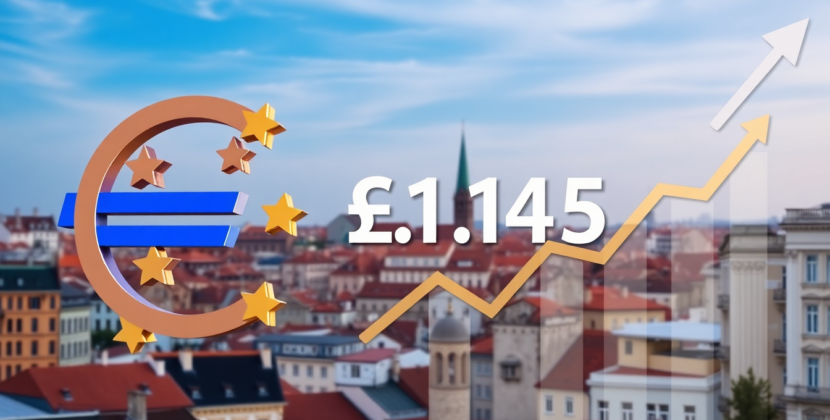
Pope Francis Dies at 88: Insights into His Life and Legacy
Introduction
Pope Francis, revered leader of the Catholic Church, has passed away at age 88. His death on Easter Monday at 7:35 a.m., local time, marks the end of a transformative papacy that began in 2013. During his tenure, Francis became not only the first Latin American pontiff but also a driving force for change within the church.
In this article, l will delve into the circumstances surrounding Pope Francis’s death, his significant health challenges, and the implications of his passing for the Vatican and its faithful followers. Furthermore, l will explore the protocols activated upon his death, including funeral arrangements and the forthcoming papal conclave.
The Last Days: Pope Francis’s Health Challenges
In the months leading to his death, Pope Francis battled significant health challenges. Having been released from a 38-day hospitalization for double pneumonia in mid-March 2025, the pontiff faced an arduous journey characterized by a myriad of pre-existing medical conditions.
- Double pneumonia and respiratory insufficiency
- Type 2 diabetes and hypertension
- A history of partial lung removal
Despite these challenges, the Pope maintained his commitment to his duties, making his last public appearance on Easter Sunday. Yet, it was the devastating effects of a stroke that ultimately led to a fatal heart failure, as confirmed by the Vatican Directorate of Health and Hygiene. He slipped into a coma before succumbing to heart failure, a solemn turn of events certified by electrocardiographic thanatography.
Pope Francis’s Grand Legacy
Throughout his twelve-year papacy, Pope Francis was a beacon of hope and compassion for 1.4 billion Catholics worldwide. His commitment to humility and social justice left an indelible mark on the church’s history. As the world mourns his loss, the impact of his tenure remains indisputable, fostering religious and social discourse globally.
His leadership and reforms extended beyond theology, as he actively engaged in dialogues about climate change, poverty, and global peace, cementing his legacy as a pope who transcended traditional boundaries.
Funeral Arrangements and Burial
As per papal tradition, Pope Francis’s body will lie in state at St. Peter’s Basilica for the faithful to pay their final respects. The Vatican announces that the funeral is expected within four to six days, with the Pope’s resting place at St. Mary Major Basilica, a departure from customary Vatican burials over the past century.
World leaders and the Catholic congregation prepare to unite in mourning, celebrating the life and teachings of a pope who touched many hearts.
The Papal Conclave and Succession
Following the papal death protocol, the College of Cardinals will convene in a papal conclave within 15 to 20 days to elect Pope Francis’s successor. Upon the conclusion of this conclave, the Catholic Church will look ahead to a new chapter under its new leadership, continuing the mission and values instilled by Pope Francis.
Global Reflections and Mourning
The announcement of Pope Francis’s death has garnered reactions from across the globe as world leaders and citizens alike pay tribute to his profound influence. His ability to advocate for peace and unity has been celebrated universally, underscoring the lasting resonance of his diplomatic and humane approach to the papacy.
Conclusion
Pope Francis’s passing marks the end of a significant era for the Catholic Church. His legacy as a compassionate and transformative leader endures, as the church now enters a period of mourning and reflection. The coming weeks will see the church’s faithful pay homage to their departed leader, while the College of Cardinals prepares to elect a new pope to continue the work and vision of Pope Francis.
Engage with us by sharing your thoughts or memories of Pope Francis in the comments below. Subscribe to our newsletter for updates on the Vatican and other global news.

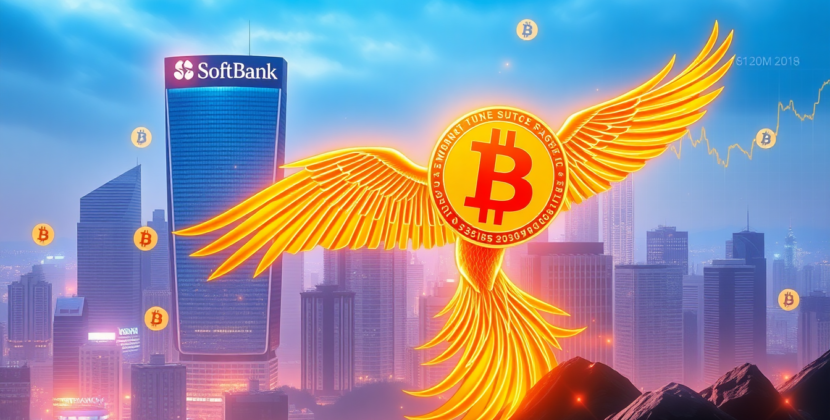
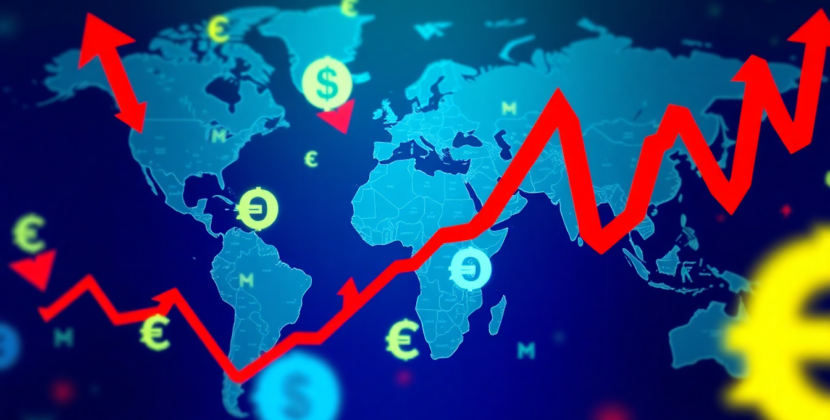




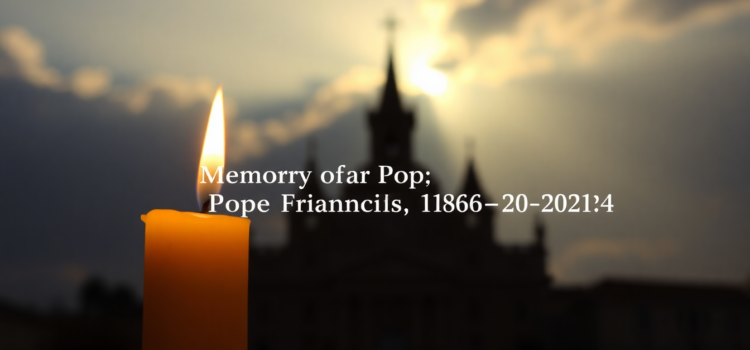

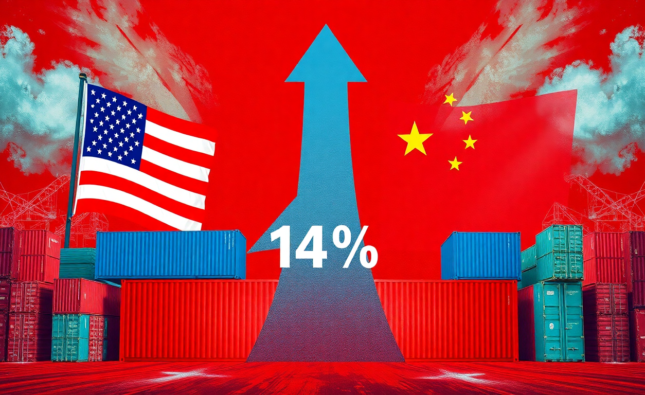
![Mattel CEO Calls for Zero Tariffs on Toys as Less Than 40% Production Remains in China in 2025; US Tariff Exposure at 20% of Global Output[3][4][1]](https://upnews.today/wp-content/uploads/2025/04/f-rec7MnkEhU1qCjUI1-attel-CEO-Calls-for-645x395.png)
